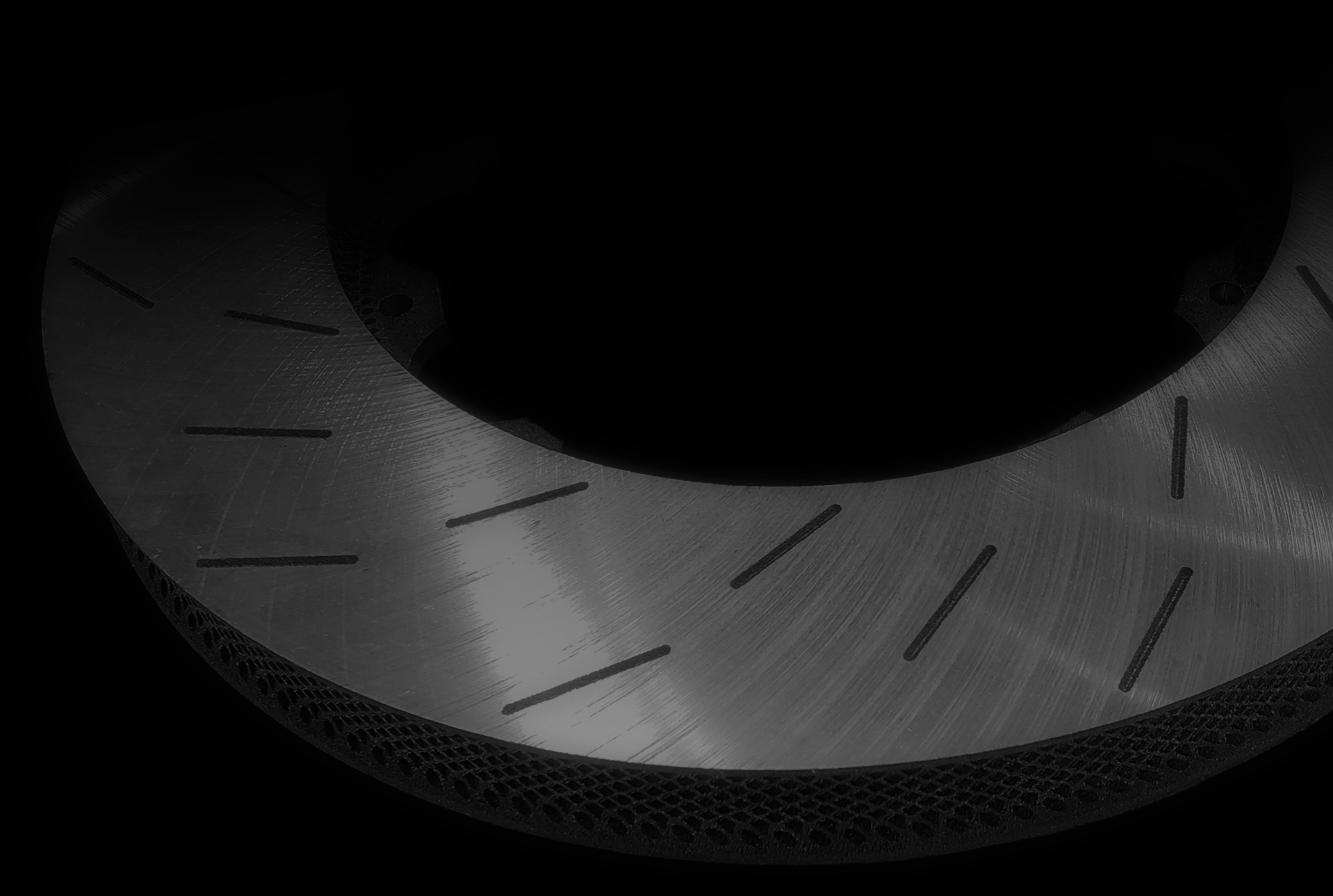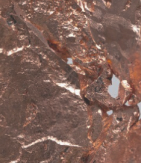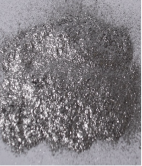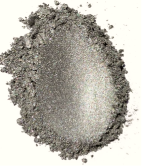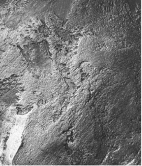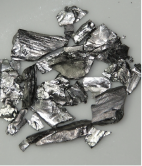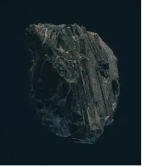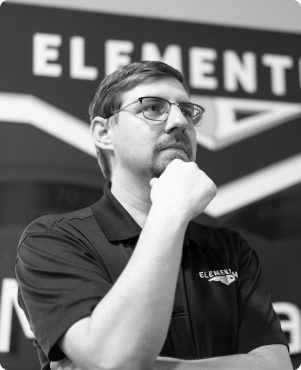
Will the successes of NASA’s RAMFIRE project lead to an operational aerospike engine?
In addition to the February 2024 Momentum article, which established the viability of additive manufacturing (AM) aluminum rocket nozzles with A6061-RAM2 powder, the RAMFIRE project used A6061-RAM2 to print a 36-inch diameter aerospike nozzle with complex integral coolant channels.
For nearly seven decades rocket engineers have considered an alternate nozzle design beyond the bell-nozzle rocket engine, the aerospike design breaks free from the traditional bell nozzle rocket engine design, which is efficient at only one point in the rocket’s trajectory.
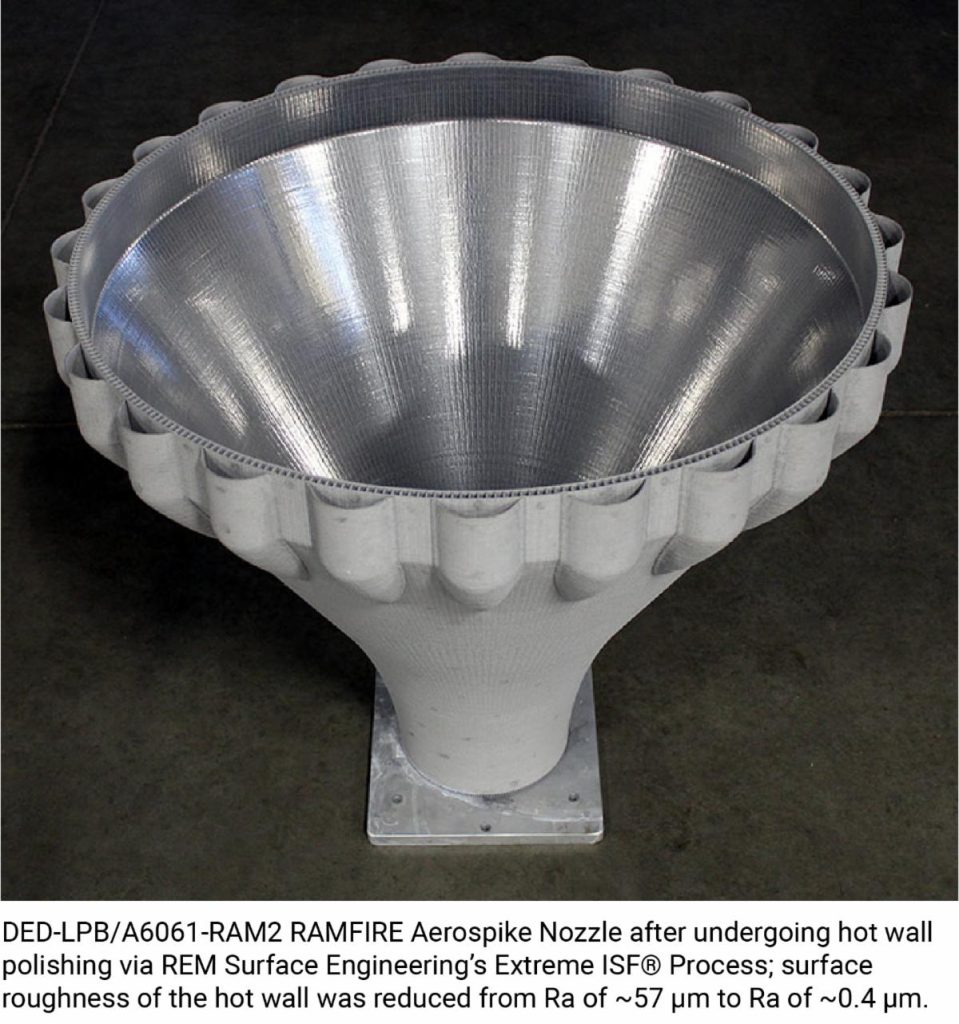 What exactly makes this nozzle so enticing, especially after the bell-nozzle has more than proved its capabilities throughout the history of human spaceflight?
What exactly makes this nozzle so enticing, especially after the bell-nozzle has more than proved its capabilities throughout the history of human spaceflight?
The Aerospike’s inside-out rocket nozzle plume travels externally rather than exiting inside of the traditional bell-shaped nozzle. The main advantage of aerospike nozzle is that, as the rocket climbs, atmospheric and airstream pressure act on the plume to keep it at an optimum setting along the entire trajectory. This allows for a very efficient engine performance in flight, capable of delivering higher payloads while decreasing overall rocket weight and improved performance over a range of pressure altitudes.
So, if the aerospike nozzle design is considered a more efficient way to propel rockets to outer space, why has it never been seriously tested on the launchpad?
The lack of actual flight test data has precluded use of these nozzles in current as well as next generation space launch vehicles. In addition, the configuration of an aerospike nozzle presents unique challenges to the designer and fabricator.
The mindset of the past is changing with the introduction of AM. NASA recently validated data from hot fire tests on their 3D printed aerospike engine and reported that recent advancements in 3D printing can overcome some of the engine’s design challenges—specifically, how to manage its temperature. The positive results have green-lighted NASA engineers to develop a larger version.
NASA’s RAMFIRE (Reactive Additive Manufacturing for the Fourth Industrial Revolution) project commissioned Elementum 3D to work closely with their engineers and scientists and RPM Innovations to develop and print a 36” diameter aluminum aerospike rocket nozzle out of A6061-RAM2 material. The build was performed using RPM Innovations’ large format laser powder direct energy deposition (LP-DED) process.
Why has it taken almost 70 years to successfully produce a lightweight, high-strength aluminum rocket engine?
For one thing, conformal cooling channels are needed to keep the nozzle well below the material’s melting temperature. Curved internal voids are a specialty of additive manufacturing; these would be far more complex to achieve using a casting process and machining them would not be possible. Secondly, metal additive manufacturing via laser melting processes only became industrialized in the past few decades as computer, automation, and laser technology became simultaneously increasingly sophisticated and affordable. And finally, additive manufacturing of aerospace grade aluminum materials has only been possible since Elementum 3D invented its RAM technology in the past decade.
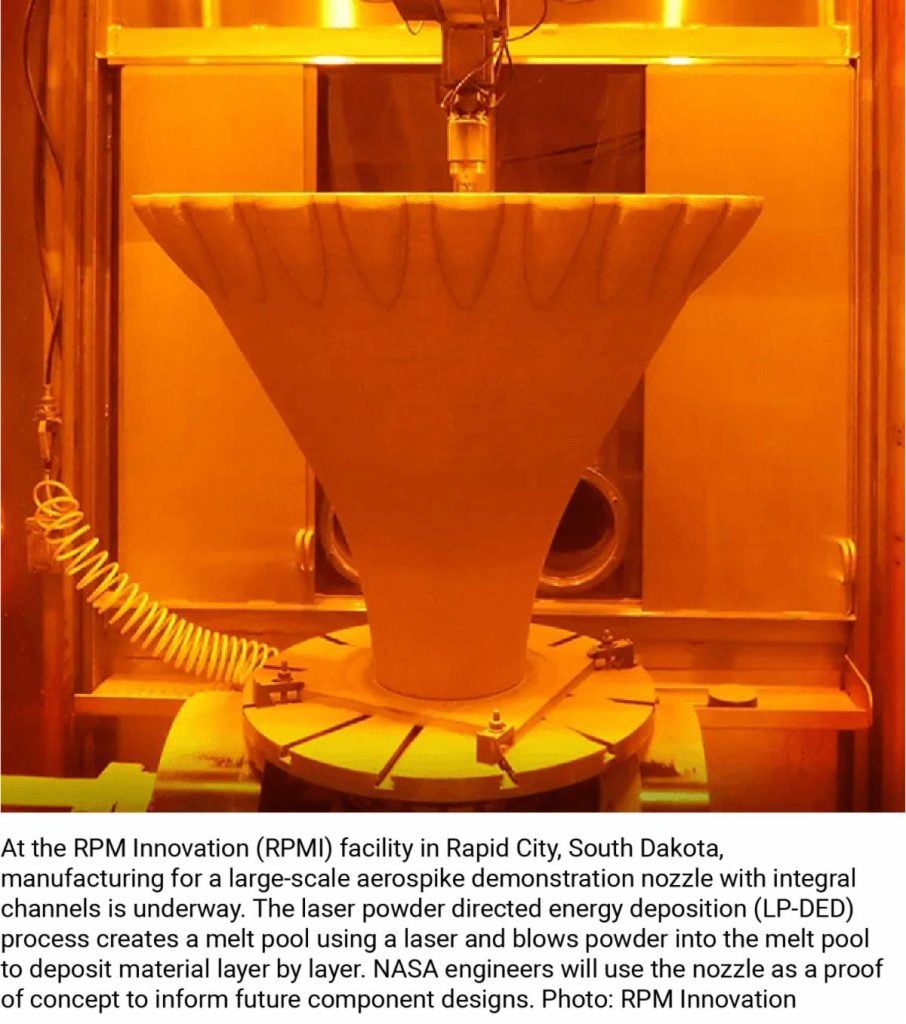 Aluminum alloys are highly prone to a type of cracking called hot tearing under the rapid heating and cooling conditions inherent to laser welding processes, and some popular wrought aluminum alloys including AA6061 are widely considered unweldable for this reason. Elementum 3D’s RAM chemistry serves to control the solidification process, resulting in crack free, fine-grained microstructures and printed material with strength equal – and in some cases, superior – to wrought aluminum.
Aluminum alloys are highly prone to a type of cracking called hot tearing under the rapid heating and cooling conditions inherent to laser welding processes, and some popular wrought aluminum alloys including AA6061 are widely considered unweldable for this reason. Elementum 3D’s RAM chemistry serves to control the solidification process, resulting in crack free, fine-grained microstructures and printed material with strength equal – and in some cases, superior – to wrought aluminum.
Will the combination of optimized thermal and mechanical properties of A6061-RAM2 generated from RAM technology and the design freedom of additive manufacturing be the path to an operational aerospike rocket engine?
Only time and further research can answer that question. The research data acquired from the optimization of A6061-RAM2 aluminum alloy for large blown powder DED brings incredible confidence in enabling the production of an operational aerospike nozzle. NASA engineers plan to use the demonstration nozzle as a proof of concept to inform future component designs.


Learn how software is impacting the advancement of AM quality.
Additive Manufacturing (AM) relies on the synchronization of design, hardware, software, and materials to successfully produce high-quality prints. On May 1 at 11am ET, the 1.5 hour “Bridging the Gap” webinar will zero in on how software is revolutionizing the advancement of AM technology and what role it is playing in predictive modeling, build optimization, real-time production monitoring, design innovation, quality control, production efficiency, material capabilities, and ultimately, grow market adoption.
This live webinar, hosted by Elementum 3D, features AM software experts from industry leading companies. They will disclose valuable real-world insights into the ever-widening capabilities of software and how it is transforming the additive manufacturing industry. An interactive Q&A session follow the presentations.
Registration NOW on the Elementum 3D website Events page.

- 3D Printing Industry hits new high at $20 billion according to Wohlers Report 2024, deeper insight from Terry Wohlers
- ADDiTEC Racing & Liquid Metal Jet 3D Printing Emerge Victorious at Homestead-Miami Speedway
- AI May Be The Key To Unlocking The $14.7B 3D Printing Industry
- America Makes Announces IMPACT 2.0: $6.6M in New 3D Printing Funding
- Beyond LPBF: Honeywell on finding the right opportunity with Additive Manufacturin
- Industrial 3D printing matures but faces steep climb ahead
- Japanese EDM Maker Sodick Invests in Italy’s Prima Additive for Metal 3D Printing
- Materials science lab to advance metallurgical technologies
- Navy wants 100 additive manufacturing-produced sub parts fielded by year’s end
- Nikon’s New Metal 3D Printer Uses 3D Scanning for Part Repair and Quality Control
- NPS President Explores Links Between Additive Manufacturing, Warfighting Readiness With Panelists at Sea-Air-Space
- Qualification and certification are the billion-dollar problems for additive manufacturing – Jeff Robertson
- RapidFlight Wants to Make Drones at Scale with 3D Printing
- Researchers uncover ways to improve railcar roller bearing safety, strength
- Innovative rocket component manufacturing technologies developed by Fraunhofer ILT
- US Navy Awards Contract to Ursa Major for 3D Printed Solid Rocket Motors
- Why the Pentagon’s use of 3D printing is ‘not quite there yet’


